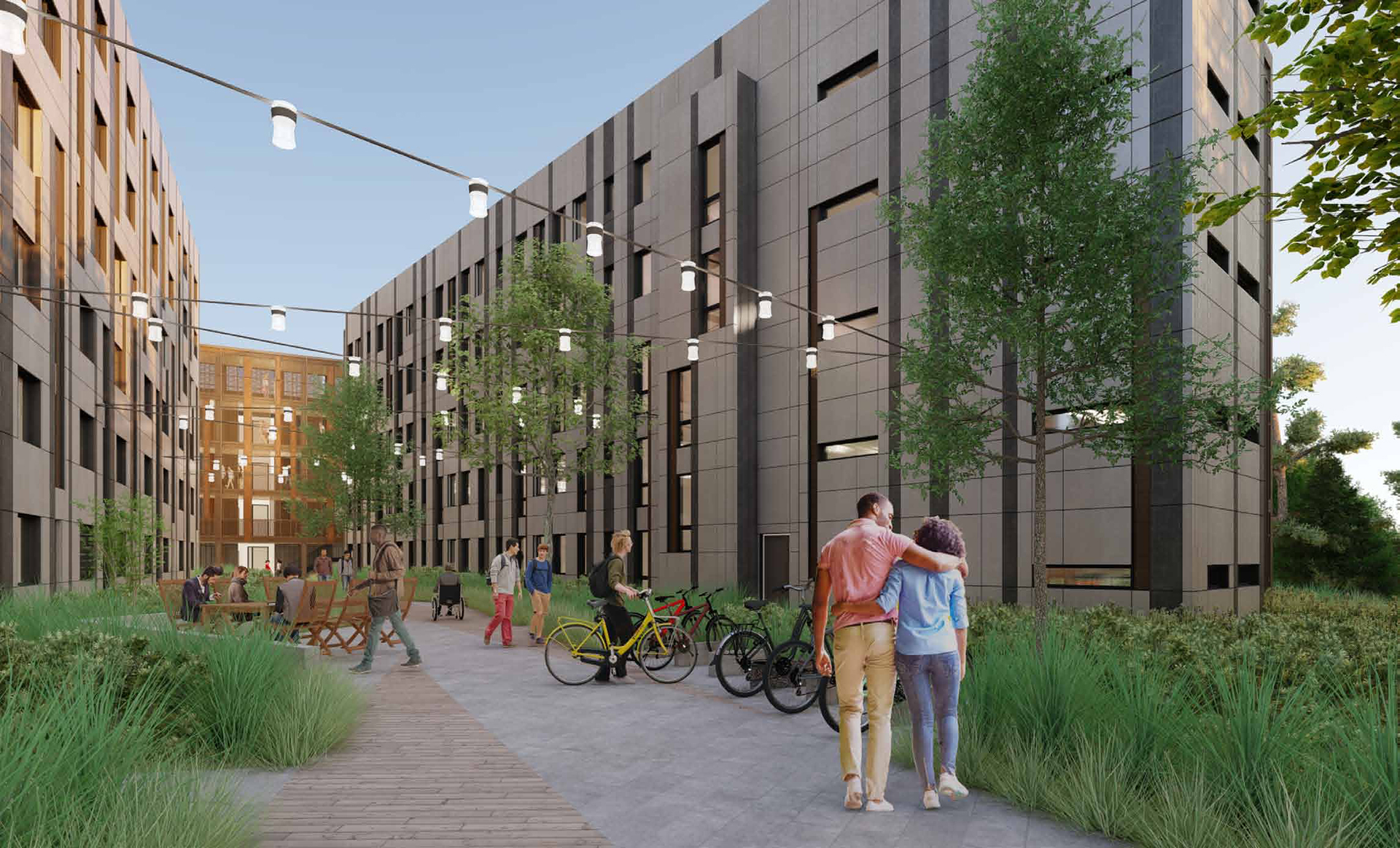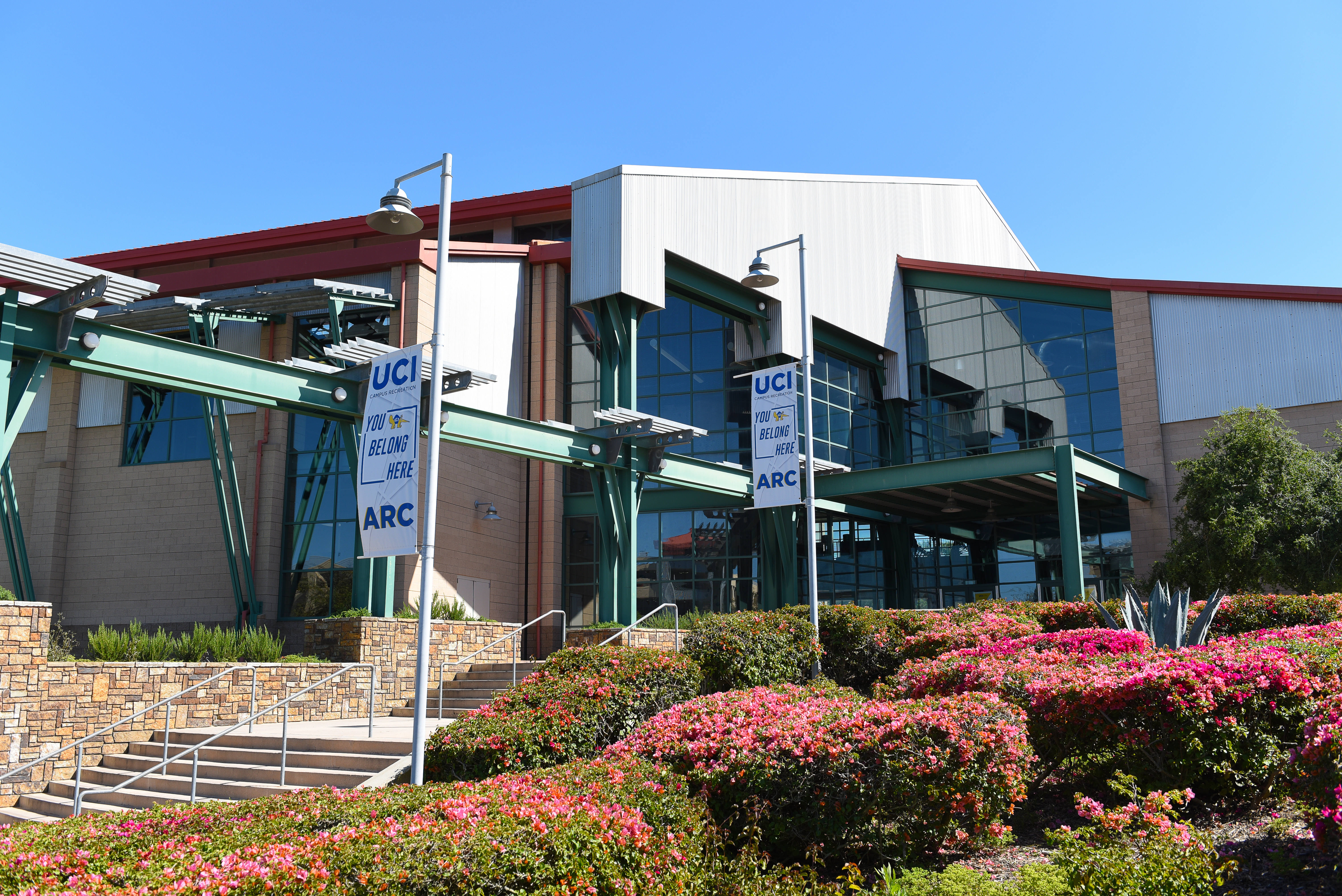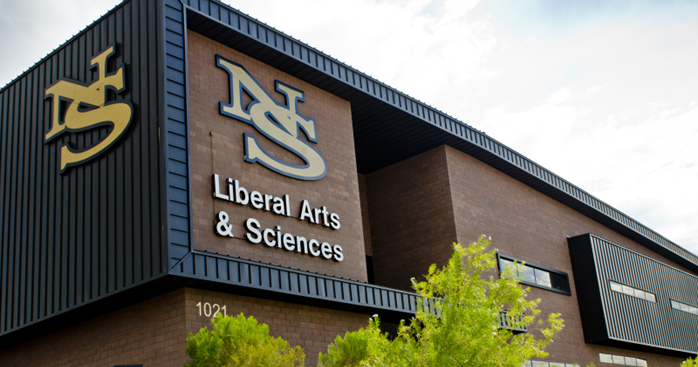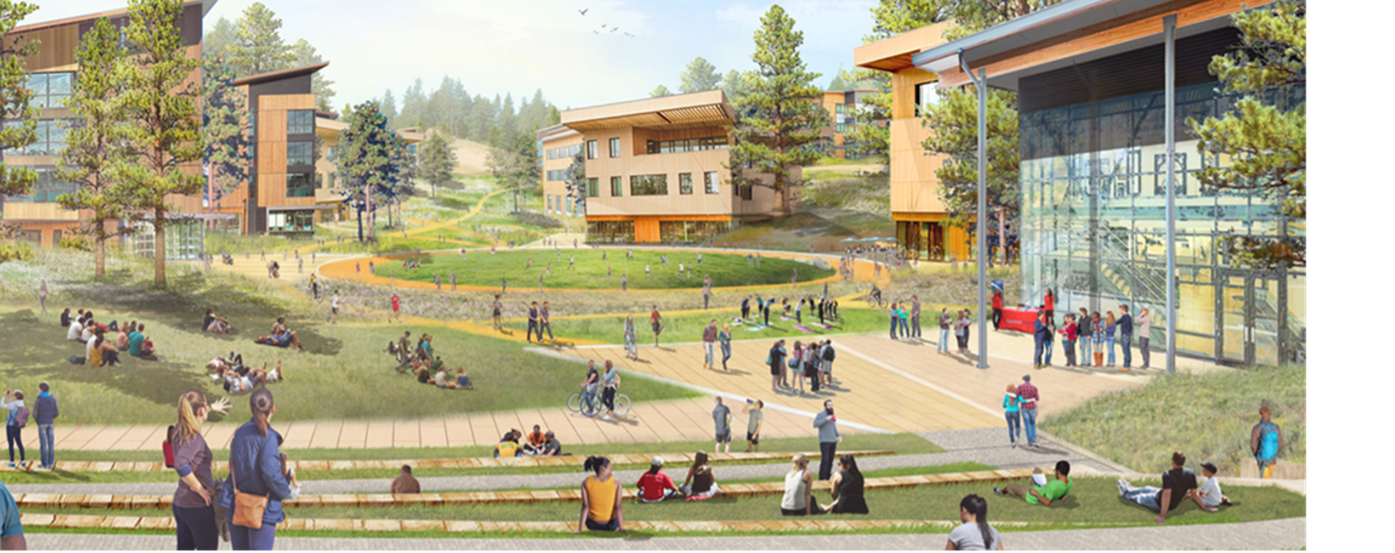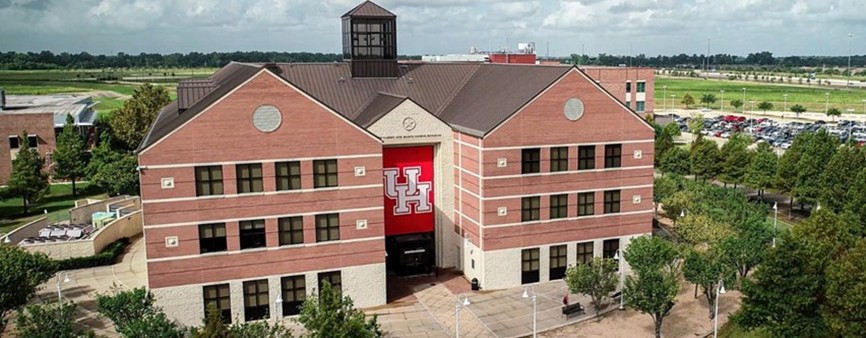Colleges and universities continue to explore new opportunities to partner with the private sector to deliver infrastructure and services to their campuses.
When casual observers think of public-private partnerships (P3) in higher education, they may tend to think only of student housing. For more than 25 years, this innovative delivery strategy has offered institutions a proven and reliable option to deliver new residence halls while preserving debt capacity and minimizing credit and balance sheet impacts.
With this track record of success and increasing demand for infrastructure to support campus growth, it only seems natural that consideration should be given to the use of P3 structures for other types of facilities.
Growth of partnerships
In 2022, the Chronicle of Higher Education and P3•EDU conducted a survey with college and university presidents, provosts, and CFOs on public-private partnerships. More than 71% of respondents indicated that they expect the use of P3s on campus to increase, while 27% expect the use to remain the same. Less than 2% stated that they expect to see a decrease in the use of P3s in higher education.
The report also reflected several areas in which there is interest to partner with private companies, including a strong desire to utilize P3s in the “development of other campus facilities and infrastructure.”
This survey supports the trends that WT is seeing in the higher education sector. With increased pressure for public and private universities to replace and expand both horizontal and social infrastructure, campuses are currently challenged to meet all their capital improvement needs. As a result, we are seeing more campuses explore the feasibility of alternative delivery strategies with private partners.
Variables to consider
There are several reasons to consider partnering with private companies when it comes to infrastructure projects. While limited availability of investment capital is always a primary driver, there are other important considerations for college and university leaders to consider. First, it is important to evaluate a potential P3 based on two questions:
- Is the project part of our core mission?
- Do we have the expertise to deliver it?
Generally, projects that do not directly support the core academic mission should receive some consideration for alternative delivery strategies with the private sector. This can include student housing and dining, central utility plants, parking programs and athletic facilities to name a few. The second question relates to the institution’s in-house capability to develop and deliver the facility. If the project is not part of the core academic mission, and the campus has limited experience or restricted capacity to manage the development and delivery, a P3 is worth exploring.
From student housing to innovation districts
As previously mentioned, student housing has long stood as the most popular example of utilizing P3s in higher education development. However, we continue to see other types of campus facilities and infrastructure being explored and delivered through partnerships with the private sector. Several universities have utilized a P3 model to modernize their central utility plans and improve the energy efficiency of the campus. Louisiana State University recently reached financial close with CenTrio Energy on a deal to modernize utility systems at its main campus in Baton Rouge. This partnership will provide capital for the project and transfer responsibility and risk for the maintenance of the system for the next 30 years.
Colleges and universities are also exploring the use of public-private partnerships to develop new research facilities and innovation districts. The Michigan State University Board of Trustees recently authorized the university to enter into a P3 for the continued development of the Grand Rapids Research Center. This project is just one recent example of campuses successfully monetizing land and working with private developers and industry partners to provide tenant lease space for both the university and other stakeholders to promote research and innovation. These structures allow the university to deliver new joint research facilities while reducing the financing, delivery, and operational risk that often serve as barriers for traditional project delivery methods.
Land monetization is not a new concept for colleges and universities. While often explored, it can be difficult to execute. Institutions of higher education typically have large, complex real estate portfolios. Developing a strategic real estate master plan is essential to achieving the highest and best use of your land holdings. Whether it is the opportunity to create an innovation district, expand athletic facilities, or develop new mixed-use development projects to activate the edge of campus, a Public-Private Partnership can generate new revenue streams and deliver innovative new facilities to enhance the campus. Perhaps the best example of this to date is the University of Southern California’s USC Village. While the project delivered much needed student housing, it also provided over 100k SF of shopping, dining, fitness, and other commercial retail space for the community. While not every campus can achieve a project of this scale, many institutions are finding private sector interest in similar mixed-use developments on university-owned land.
Oppourtunities and challenges
Public-private partnerships have historically been very successful at delivering specific types of facilities and services in higher education. Because of this past success, we can expect to see continued expansion and adaptation of P3 strategies for other types of projects. While this is exciting, it also comes with some challenges. These are complex partnerships and commitments.
Furthermore, public-private partnerships offer tremendous opportunities for innovation, flexibility and customization when compared to traditional financing and delivery models. They afford colleges and universities the opportunity to secure capital for needed infrastructure, transfer delivery and operating risk and deliver projects more efficiently. For all these reasons, they are an attractive strategy for colleges and universities.
However, we must be cautious to ensure appropriate due diligence and manage risk allocation appropriately when exploring new applications of the P3 model in higher education. This model provides benefits to both the public and private sector, but poorly planned partnerships can be detrimental to the perception of P3s as a viable option for future infrastructure development in higher education.
The future of campus infrastructure through P3
Colleges and universities will continue to explore new opportunities to partner with the private sector for the delivery of infrastructure and services to their campuses. As alternative finance and delivery models continue to gain wide acceptance and the demand for new infrastructure and facilities grows, public-private partnerships offer an innovative and flexible option that is built on a legacy of success. The application of P3 models for the development and delivery of new central plants, innovation districts, research facilities, mixed-use developments and other projects should continue to expand in the future. Generally, projects that do not directly support the core academic mission should receive some consideration for alternative delivery strategies with the private sector. Particularly when the campus has limited experience or capacity to manage the procurement, development and delivery of such projects.
However, establishing new P3 structures for different types of facilities requires appropriate due diligence and risk allocation strategies to ensure the long-term viability and success of P3s in higher education. This is an exciting time for colleges and universities to explore innovative applications of the P3 model to transform their campus and deliver much needed infrastructure. At WT, we look forward to helping campuses explore those options.

